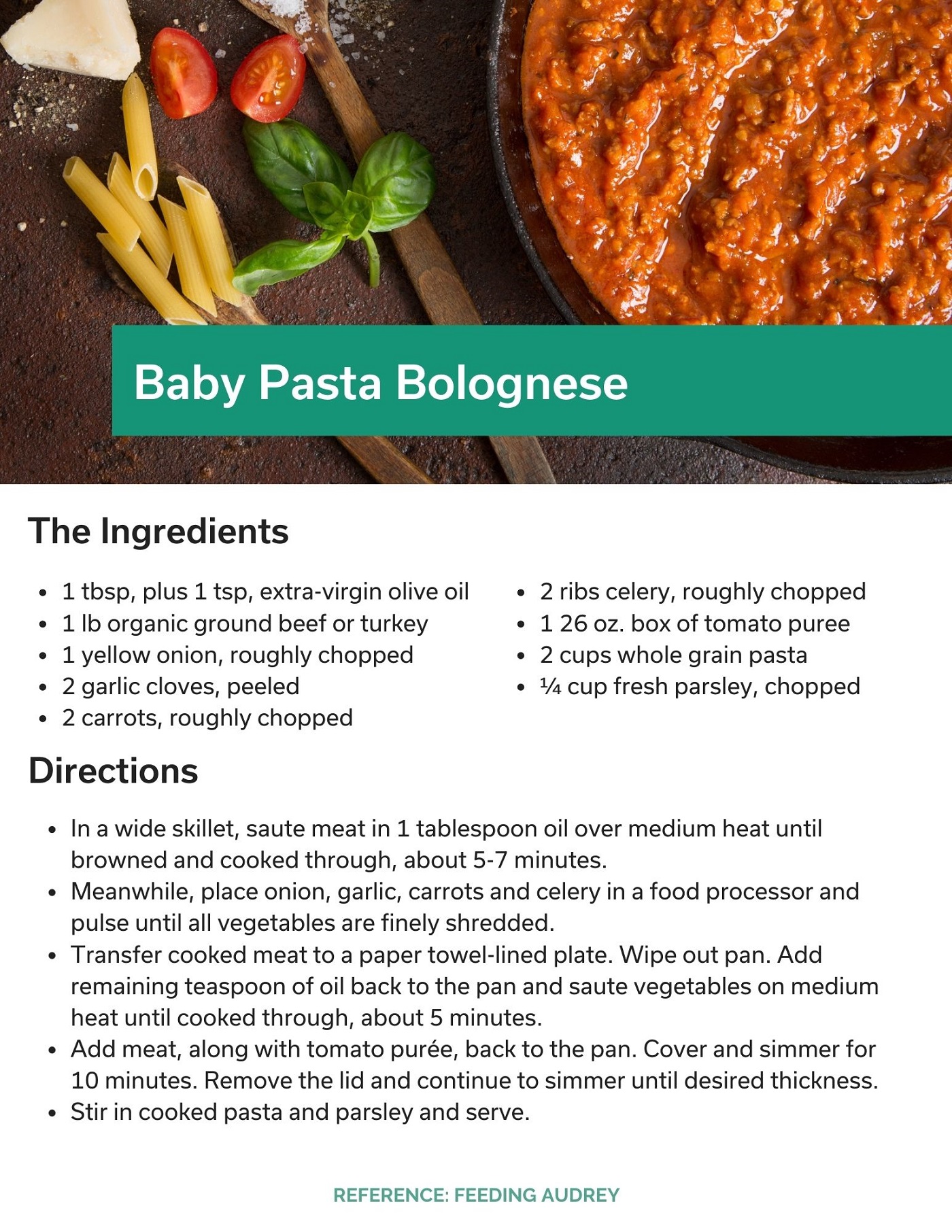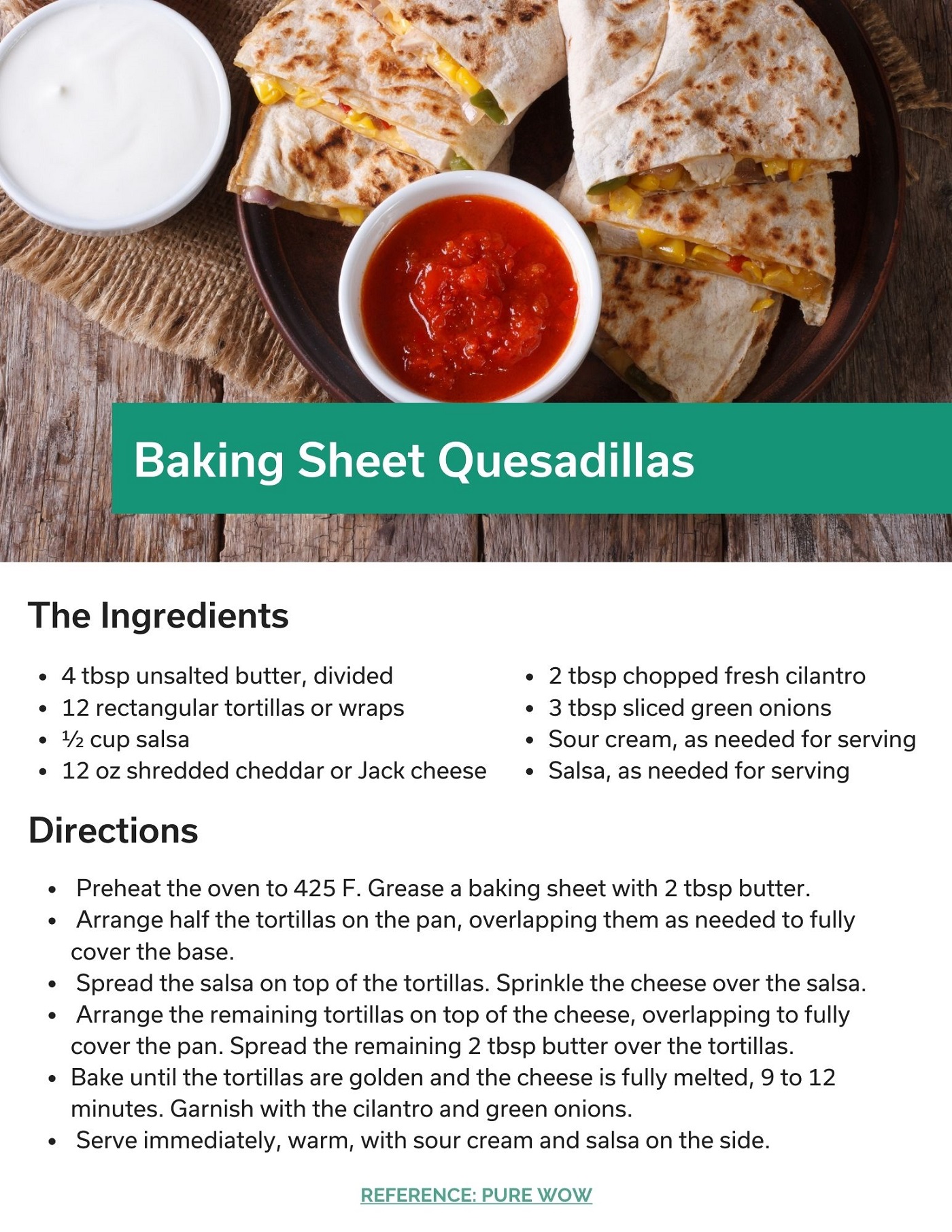How to Get a Picky Toddler to Eat
Posted in

Trying to feed a toddler can be a headache. One day they will enjoy trying a certain food, the next it will end up on the floor as they throw it in disgust. As much stress as this can cause, this stage is often a part of a normal phase your child will cycle through with the right support from a parent. This blog will provide tips on dealing with a picky eater and offer up easy recipes to serve to your toddler.
Why is my toddler not eating?
For the first year or two of your child’s life, they rely on you to eat. Whether it’s from a bottle, breastfeeding or solid foods on a baby spoon or fork, their caloric intake is entirely in your hands.
There comes a time when toddlers develop a mind of their own, becoming more independent along the way. They create their own opinions, habits, thoughts, feelings and emotions about many things. More importantly, they are able to express how they feel about certain things – including what they eat.
As you probably learned with your newborn or infant, children like routines, and anything that strays from a routine can be met with resistance. The same concept applies to food – introducing new fruits and vegetables often results in pushback from your child.
Some picky eaters also dislike certain tastes, smells and textures. Some toddlers prefer crunchy foods, while others enjoy soft foods. For whatever reason, some toddlers prefer their foods don’t touch each other. For an easy solution to this problem, buy plates with separate compartments.
Children also tend to follow the lead of their parents, which makes parenting style a contributor to picky eaters. Examples of this include strict parents who only offer certain foods to their kids and make them finish certain foods before they can have more.
In more severe cases, behavioral problems can manifest as picky eating. In reality, picky eating is simply a symptom of a larger issue. Some children with behavioral problems withhold from eating food as a way to act out.
How to get a child to eat when they refuse
Consider these tips when trying to encourage your toddler to eat.
- Eating should be enjoyable: First things first – don’t force kids to eat. Eating needs to feel safe to kids, not uncomfortable. The more stress placed on eating, the more likely you are to create anxiety for your child at the dinner table.
- Strive for repetition: Children like routines, so stay on top of food intake by feeding your toddler three meals a day plus two snacks. Spacing meals out ensures they aren’t too hungry or too full when it comes time to eat.
- Always start small: Portion sizes should be minuscule when it comes time to introduce new foods. Instead of throwing several celery stalks on a plate and expecting your child to eat them, offer them a small piece. This way, there isn’t an expectation of eating a large quantity.
- Allow your toddler to be curious: It’s easy for a small child to stick their tongue out and utter the word “yuck” when they encounter something off putting. Instead of accepting this response, dive deeper and ask them what they don’t like about it. Perhaps it’s the texture or the smell. To help counteract this, lead by example and describe how certain fruits and vegetables look, feel and smell. This can help minimize any fears of trying new foods.
- When in doubt, try again: Be patient when offering new foods. It can take as many as 10 to 15 separate attempts before your toddler enjoys a certain food. Don’t be afraid to get creative, either. Try a different recipe with troublesome foods.
- Don’t treat mealtime like a restaurant: Cook meals for the entire family, not individuals. It’s important to remember you’re not a restaurant line cook, ready to whip up meals on demand. In other words, if your child doesn’t like the foods offered, don’t feel obligated to cook something separate. Giving in to their demands is unlikely to change eating habits.
- Involve your child with planning and cooking: Engagement is key. Bring your child to the grocery store to pick out foods they like. Stick to the outer aisles where fresh fruits, vegetables and meats are displayed. At home, choose a recipe together and ask them to assist you. Even something as simple as opening a package can give them a sense of accomplishment. Other examples include stirring a bowl, measuring an ingredient or counting how many fruits or vegetables to use for a recipe.
- Set a good example: Your child is more likely to be interested in the foods you eat, so be open to trying new things yourself. Eat these foods in front of your toddler so they know they aren’t alone in this journey. Asking them to eat vegetables while you take down a burger and fries isn’t setting a good example.
- Force feeding isn’t the answer: Children need calories to provide fuel for an active lifestyle, which can increase stress levels in the event your child isn’t eating enough. However, the answer isn’t to make them sit at the table until their plate is clean. Doing so will create a negative associate and a negative experience with food, neither of which is helpful. There is always the next meal or the next day to make up those calories.
- Don’t take it personally: It’s easy to beat yourself up and think you’re a bad parent if your child becomes a picky eater. However, kids are going to be kids – oftentimes regardless of how you parent. Do your best to teach them about food, and leave the rest up to them.
- Avoid using dessert as an incentive: Eating is not a game, nor should it be treated as such. The goal isn’t to earn a reward at the end of a meal in the form of dessert. Bribing children will only lead to future bad habits and increase the chances they develop poor eating habits – they will learn to value desserts over other nutritious food.
- Limit distractions: Turn the TV off and put the phones away when it’s time to eat. This ensures everyone at the dinner table is available and free of distractions.
- Appearance is key: As children develop, their brain absorbs everything. Objects and colors are always stimulating. Use this to your advantage by offering them colorful foods and food in the shape of fun objects. For example, carrot sticks are easy to handle and make for a great option for dips. Instead of making a regular sandwich, cut it into smaller triangles to make it more appealing.
- Get creative with pairings: You’ll quickly realize your toddler loves sweet and salty foods, but they may frown at you over acidic or bitter foods. To overcome this, pair sweet with acidic foods or salty with bitter foods. For example, cruciferous vegetables are bitter than most vegetables. Try serving broccoli or cauliflower topped with cheese, which provides a salty, umami flavor. Likewise, sprinkling sugar on a grapefruit can help balance the bitterness.
Recipes for a picky eater
What one toddler enjoys may not be the same for another child. In other words, a specific recipe may work for your child, while another child may spit it out. That said, testing new recipes is a trial and error process.
If you’re unsure of what to make, here are three recipes to try at home.
Baby pasta bolognese
Plain pasta or pasta with butter and cheese are always hits among toddlers. This recipe takes that basic concept and jazzes it up for a more complete meal – ground meat for protein and vegetables for vitamins and minerals. Don’t fret if your child doesn’t like vegetables, as the rich, meat-forward sauce hides the carrots and celery.
Homemade hot pockets
At the peak of their popularity, Hot Pockets were ideal for both parents and children – they were convenient for parents and kids loved the taste. However, the list of processed ingredients hardly made these snacks healthy. This version cheats a bit with store-bought pizza dough, although you can control how much cheese and meat goes in.
Baking sheet quesadillas
These easy quesadillas make for a great snack and don’t require you to stand over the stove for 30 minutes. Although this is a basic cheese quesadilla, you can tailor the recipe to your liking. Throw in beans for added fiber or shredded chicken for extra protein. You can even try to sneak peppers, onions and mushrooms in. Some toddlers prefer certain textures, so feel free to alter the recipe if they prefer a crunchier quesadilla or a softer version.
While raising a picky eater is stressful, most toddlers still get the nutrition they need over the course of several days or a week. In some cases, though, picky eating can lead to bad habits that result in future medical conditions. For example, chronic snacking instead of eating whole foods can increase your child’s risk of an eating disorder or diabetes.
If you’re struggling to manage your toddler’s diet, contact your pediatrician. They can provide eating tips and tricks and, in more severe cases, can refer you to a pediatric dietician for further evaluation.






